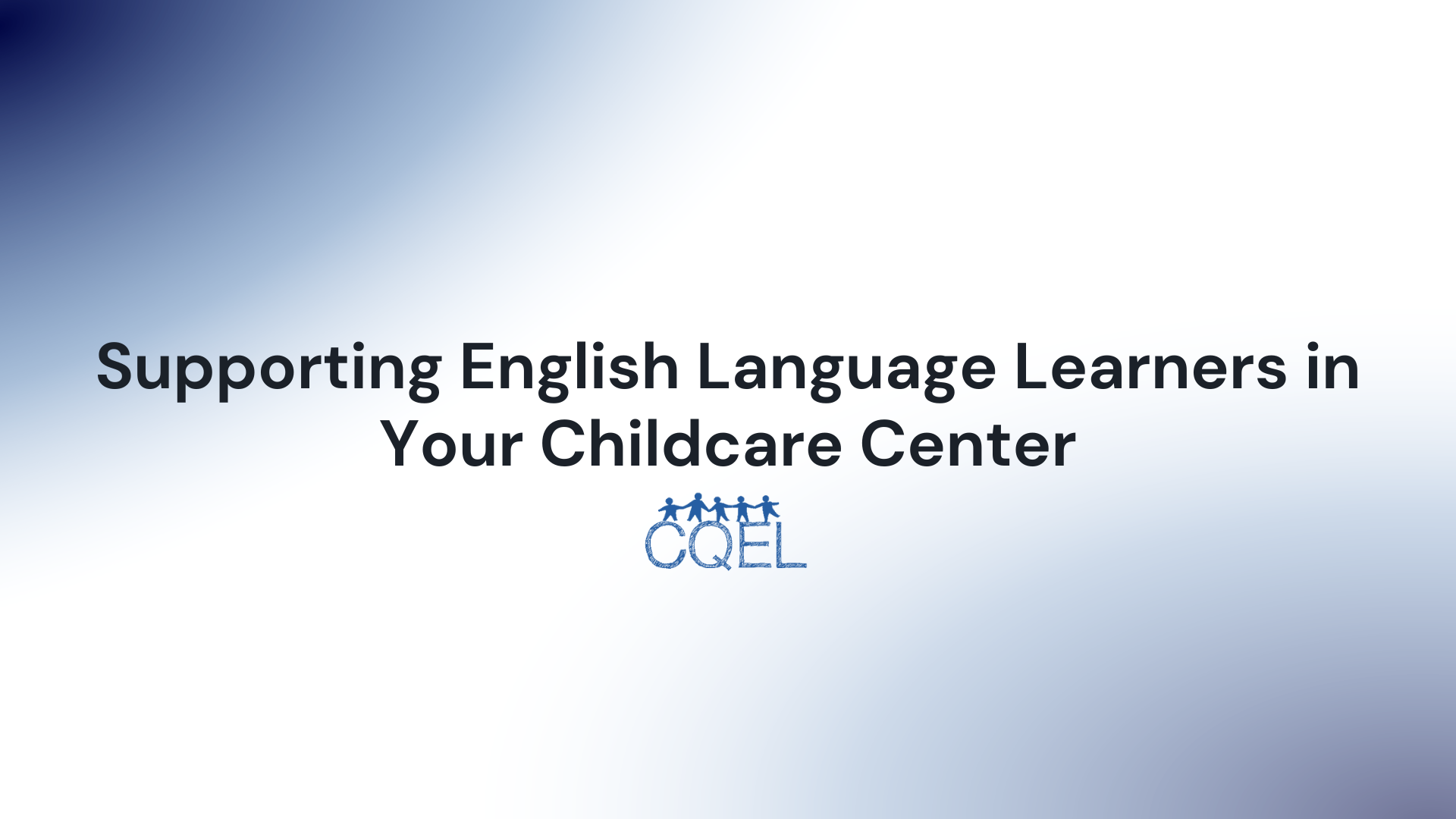Supporting English Language Learners in Your Childcare Center
Armed with this information, childcare providers will be better equipped to facilitate a comfortable, engaging, and productive experience for all children.

In our increasingly globalized and multicultural world, childcare centers often cater to families from various linguistic backgrounds. English Language Learners (ELLs), particularly, stand to greatly benefit from a supportive and nurturing environment, which significantly contributes to their linguistic and overall development. In this article, we will explore some of the most effective practices for supporting ELLs in your childcare center, intending to aid their integration and accelerate their language acquisition process. Armed with this information, childcare providers will be better equipped to facilitate a comfortable, engaging, and productive experience for all children.
The Importance of Multilingual Support
Supporting ELLs is about more than just language. It's about fostering an inclusive environment that respects and celebrates cultural diversity. These children bring with them a rich cultural heritage, which when embraced, adds to the diversity of your childcare center. In addition, their unique experiences contribute to a diverse, vibrant learning community that enriches the experiences of other children in the center. Check out the National Association for the Education of Young Children's guidelines for a more comprehensive look into why multilingual support is so crucial. This resource illuminates the impact of language diversity on children's cognitive and social development.
Creating a Culturally Inclusive Environment
Recognizing and respecting each child's unique cultural and linguistic background is the first step in supporting ELLs. It is essential to create an environment that reflects the diversity of your center. Use signage in different languages, incorporate multilingual books into your curriculum, and celebrate a variety of cultural holidays. These actions help children see their cultures represented and valued. For additional ideas on how to make your environment more inclusive, Diverse & Resilient Classroom Environments offers further insights.
Incorporating Dual-Language Learning
An effective approach to supporting ELLs is through dual-language learning. This teaching method involves instruction in two languages, promoting cognitive skills and cultural appreciation among all children, not just ELLs. Research indicates that this approach yields significant cognitive and social benefits, fostering an environment where all languages are valued. Check out Dual Language Learners: Effective Instruction in Early Childhood for more on this approach.
Utilizing Visuals and Contextual Learning
Visual aids and context-based learning are extremely beneficial for ELLs. Using pictures, gestures, and real-world objects can help children make meaningful connections between English words and their meanings. For instance, using a picture of an apple when teaching the word "apple" helps ELLs connect the English word to the object it represents. This type of connection makes learning new vocabulary more engaging and effective. The Colorín Colorado guide provides valuable suggestions on effectively using visuals in early childhood education.
Partnering with Families
Parents and families of ELLs are important allies in the learning process. Engaging them in the center’s activities and encouraging them to share their culture and language helps to create a holistic and inclusive learning environment. Establishing regular communication, workshops, and parent-teacher meetings can strengthen this partnership. Furthermore, parents can provide insights into their child's learning style, likes and dislikes, strengths, and areas of improvement. Check out the Head Start guide on working with families of ELLs for more useful strategies.
Providing Professional Development Opportunities
Professional development opportunities for staff are crucial in enhancing the support for ELLs. Training on ELL strategies, cultural sensitivity, and multilingual education can enhance your team's ability to support ELLs effectively. For more information on this, The Early Childhood Learning & Knowledge Center offers resources on professional development for educators of ELLs.
A Journey of Linguistic Diversity
Supporting ELLs is a rewarding journey that enriches your childcare center’s linguistic and cultural diversity. By creating an inclusive environment, adopting effective teaching strategies, and fostering strong family partnerships, your center can provide meaningful support to ELLs and their families. As you progress in this journey, remember that each child is unique, and their linguistic and cultural needs will vary. But with patience, understanding, and these best practices, you'll be well-equipped to support the success of every child.
